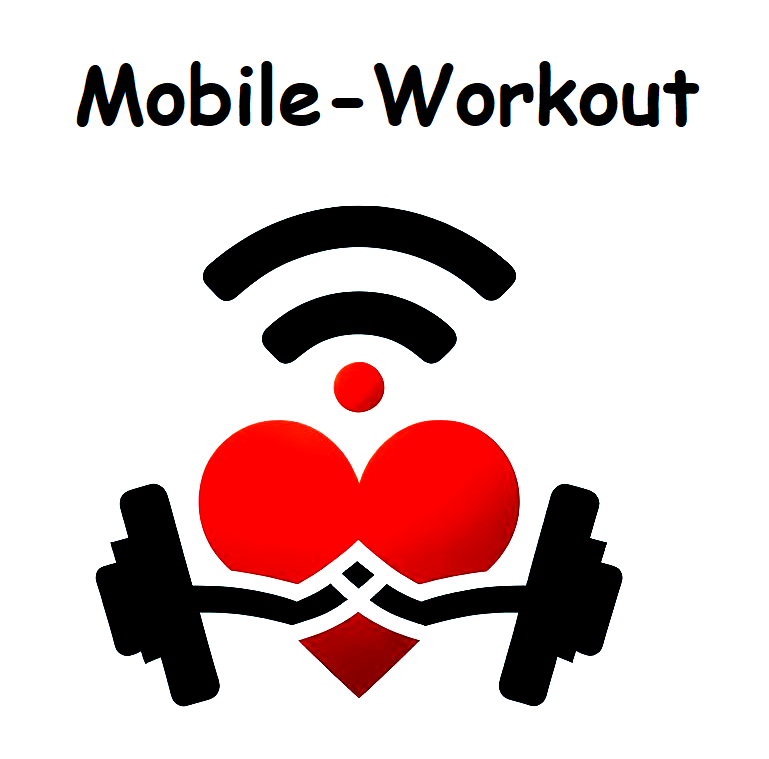Dynamic vs static stretching and when to do them
There are generally two different types of stretching – dynamic and static. Read on to find out the differences and when to use each.

Dynamic vs Static stretching
Dynamic stretching involves repeated movements at the joint you want to influence.
Dynamic stretches are active movements where joints and muscles go through a full range of motion. These stretches are used to help warm up your body before exercising and should not limit performance. They usually mimic the movement of the activity or sport you are about to perform. For example, swimmers should circle their arms before getting into the water. They can also be used as a series of movements to get the body moving before any type of exercise.
Here is a list of dynamic stretches for joggers:
- Leg swing front to back at the hip – perform 10 repetitions each side.
- Leg swing side to side at the hip – perform 10 repetitions each side.
- Take 20 steps while kicking heels to buttocks.
- Take 20 steps while raising knee as high as possible.
- Walk on your toes for 20 steps.
- Walk on your heels for 20 steps.
A static stretch is held in position for a certain period.
The person moves into the stretch slowly until tension is felt without pain. That position is held for a relatively long time – 30 seconds to 2 minutes. This approach tricks the body’s own defense mechanism because as you hold the position, the muscle dismisses the possibility of danger and relaxes, allowing it to elongate.
Static stretching can be done before, during and after exercise. However, studies have shown that static stretching before exercise can limit performance. If you are lifting weights, it is a good idea to stretch between sets. This will reduce soreness and increase flexibility. The stretches between the sets do not have to be as long as the post-workout stretching. It also gives you something to do that is beneficial until the next set.
Stretching the antagonist muscle – the muscle on the opposite side of the joint you are working (i.e. biceps vs. triceps) – is beneficial. If the antagonist is flexible and pliable, the exercise will be easier and less likely to injure the targeted muscle because the antagonist is not working against it.
Static stretching after the workout has been proven to reduce DOMS – delayed onset muscle soreness. That soreness in the muscle that peaks typically 48 hours after an intense workout.
A good stretch to do to improve range of motion in the hamstring while minimizing negative effects on the low back is the lying hamstring stretch. Here is how to perform it correctly:
- Lie on your back with both legs straight on the floor
- Bend the left knee then place the center of a large towel around the left foot.
- Straighten the left knee while holding one end of the towel in each hand
- Keeping the left leg straight, slowly pull the towel raising the leg up until a stretch is felt either in the back of the upper thigh, back of the knee or the calf, or all three places
- Make sure there is a slight arch in the low back
- Hold this for 30 seconds to 2 minutes or until a release is felt
- Repeat other leg

It is best to use dynamic stretching to warm up the body and then static stretching during and after exercise. This combination will help reduce DOMS, improve flexibility and reduce the possibility of injury. It’s also a good idea to perform static stretching on a daily basis as part of an overall flexibility program. Now you know the difference between dynamic vs static stretching and when to do them!
Enjoy!
